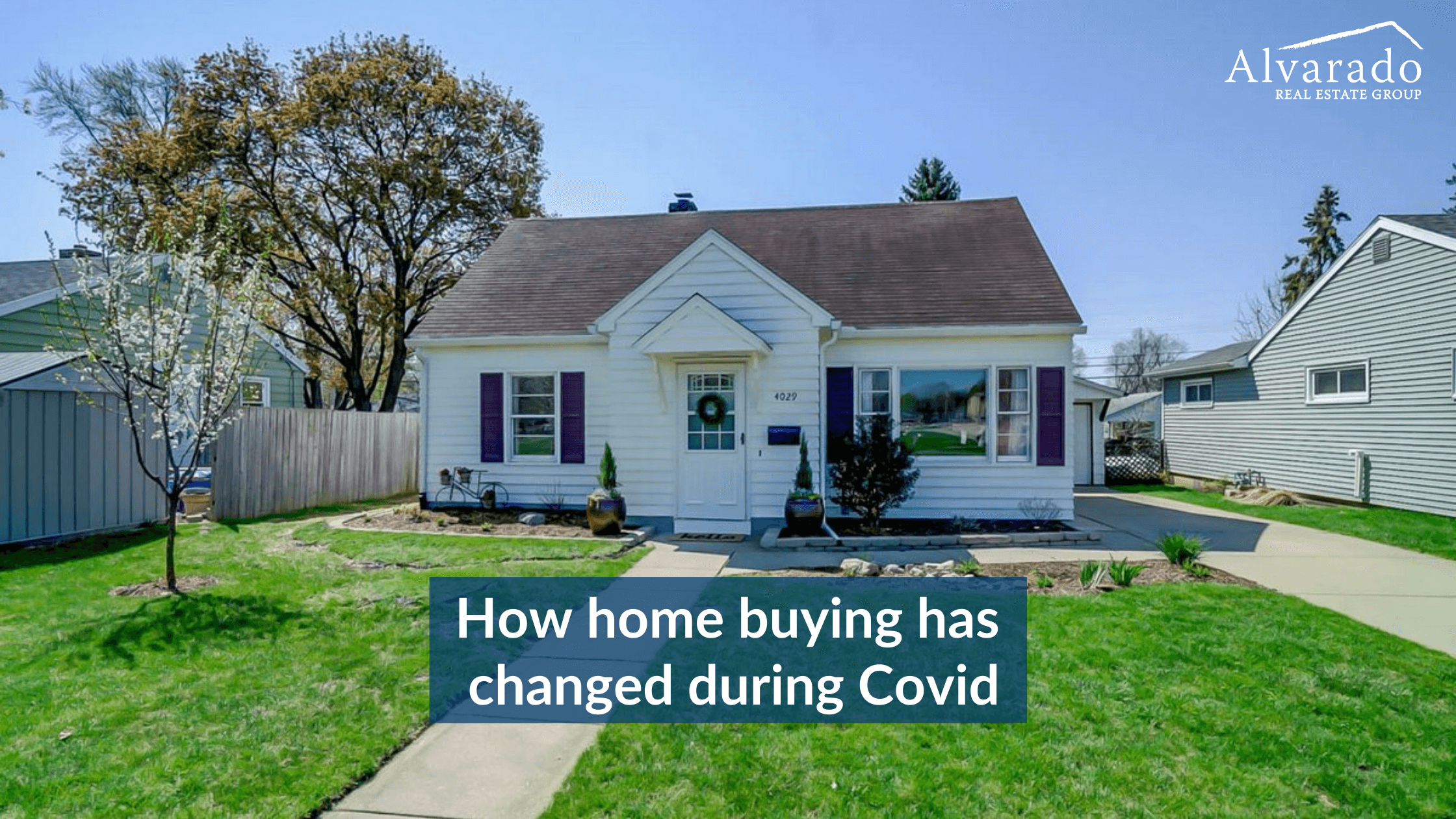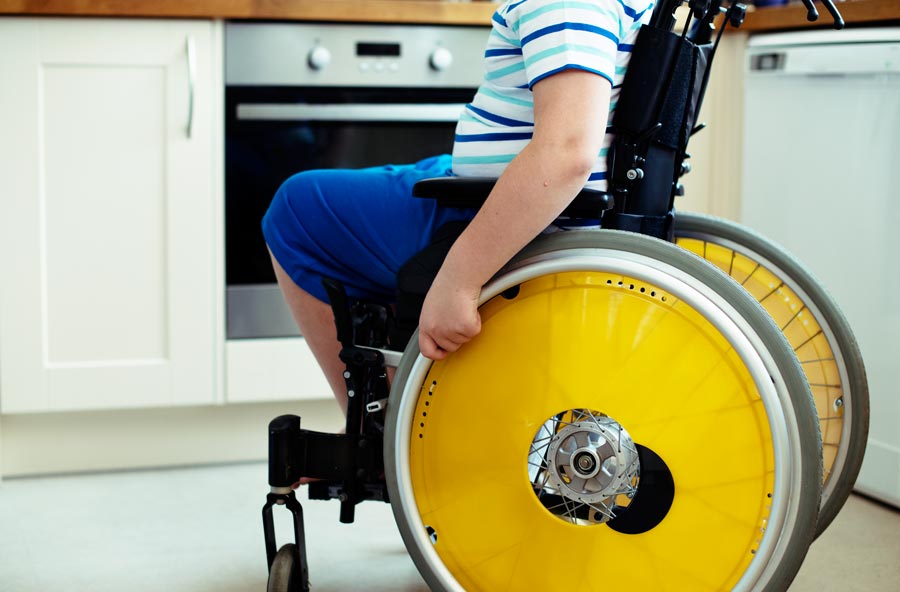
What a crazy 2020 that was. I’m sure you’re sick of hearing that, but it truly was. Everyone experienced different struggles, and hopefully, we’re in the home stretch. As a real estate company, we saw a change in our industry, too. Thankfully, we still had a busy year with 70 closings and many happy new homeowners. However, the home buying and selling process looks a lot different now than it did before Covid-19.
When everything first shut down, it was no surprise that some people withdrew from the market. Many potential homebuyers were nervous to go into strangers’ homes and many Sellers were also nervous having strangers tour inside their home.
The spring market was largely impacted by Covid-19. Home sales in April and May dropped...

